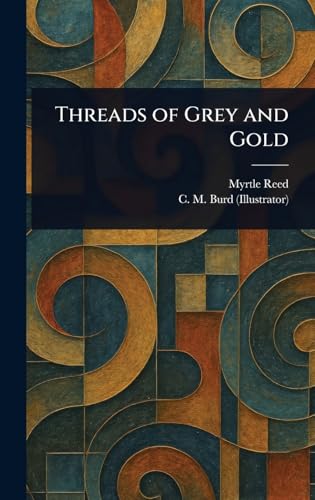What do you think?
Rate this book


200 pages, Hardcover
First published May 1, 2009

🔺The fin-de-siècle woman is literary in one sense, if not in another, for if she may not wield her pen, she can keep in touch with the leading thinkers of the day, and she will prove as pleasant a companion during the long winter evenings as the woman whose husband chose her for beauty and taste in dress.
🔻Marriage gives her [a wife] no right to criticize any member of her husband’s family; their faults are out of her reach except by the force of tactful example. Her concern is with herself and him, not his family, and a wise girl, at the beginning of her married life, will draw a sharp line between her affairs and those of others, and will stay on her own side of the line.